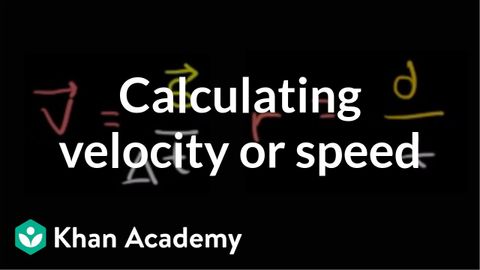
Subtitles & vocabulary
Calculating average velocity or speed | One-dimensional motion | Physics | Khan Academy
00
楊凱翔 posted on 2016/10/18Save
Video vocabulary
write
US /raɪt/
・
UK /raɪt/
- Transitive Verb
- To compose letters and words on paper or a screen
- To invent or create a computer program
A1
More change
US /tʃendʒ/
・
UK /tʃeɪndʒ/
- Transitive Verb
- To exchange one set of clothes for another
- To exchange one kind of money for another
- Noun (Countable/Uncountable)
- Exchange of one set of clothes for another
- Money in the form of coins instead of paper
A1
More time
US /taɪm/
・
UK /taɪm/
- Uncountable Noun
- Speed at which music is played; tempo
- Point as shown on a clock, e.g. 3 p.m
- Transitive Verb
- To check speed at which music is performed
- To choose a specific moment to do something
A1TOEIC
More Use Energy
Unlock All Vocabulary
Unlock pronunciation, explanations, and filters
